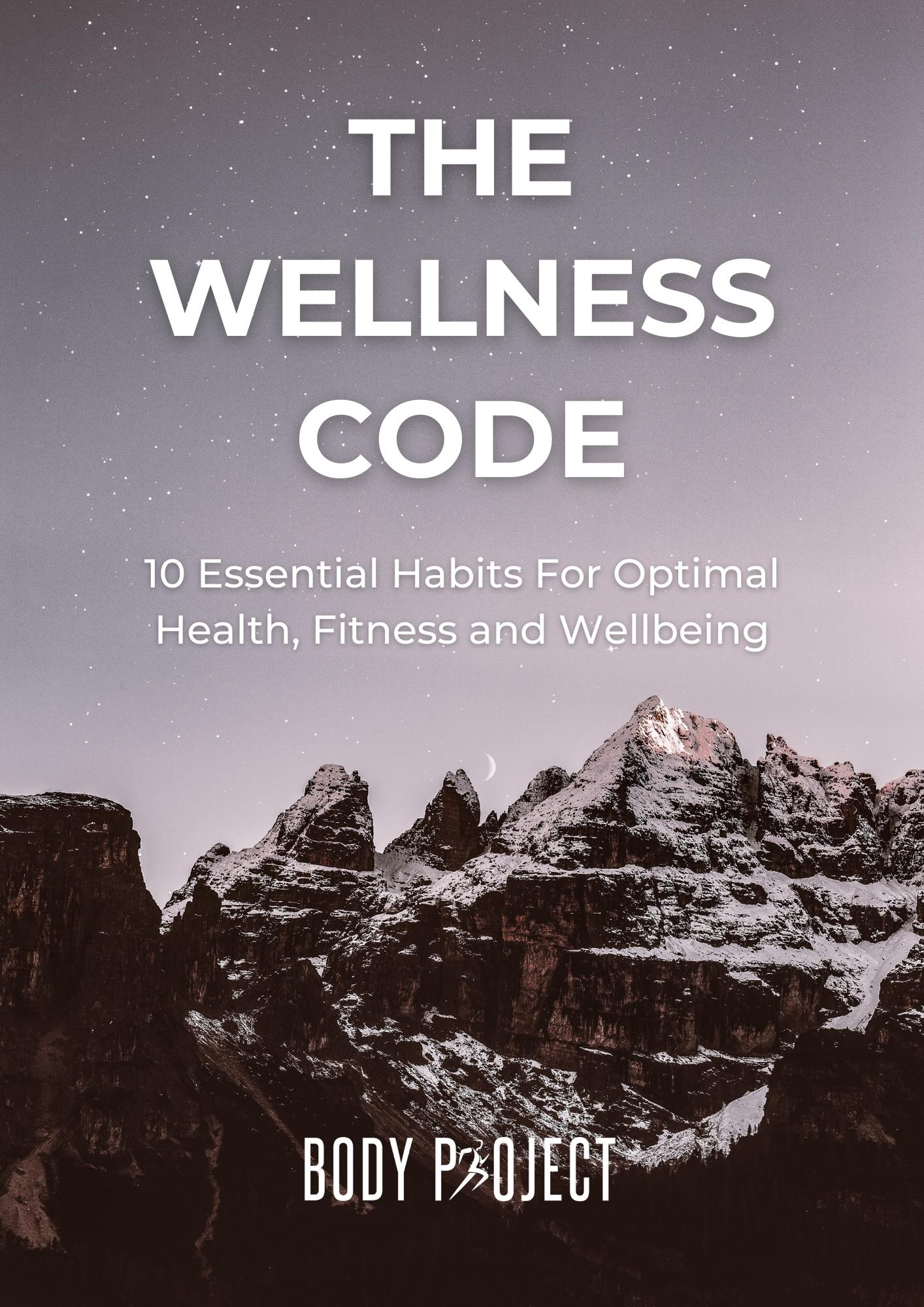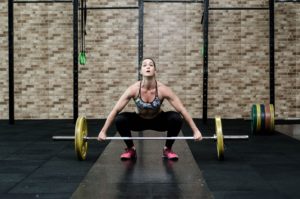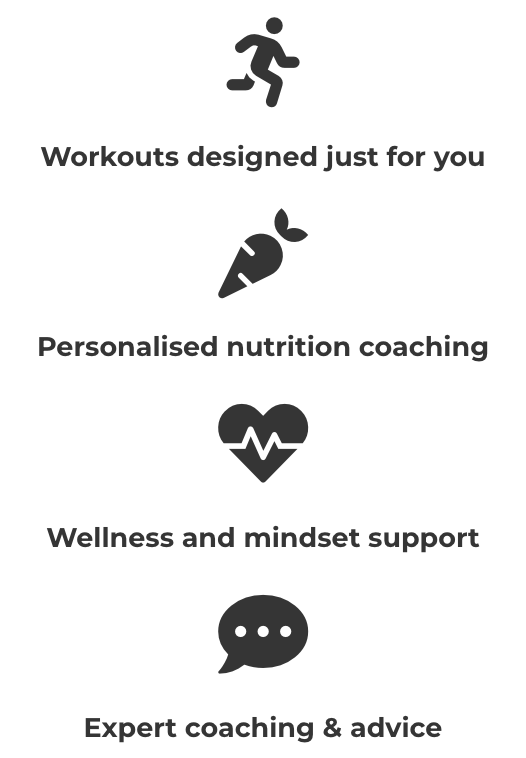Sign Up For Special Offers & Exclusive Content
DOMS stands for Delayed Onset Muscle Soreness. It's normal to experience sore muscles after training, however excessive soreness is a sign that you may have trained too hard. The information in this article will help you to understand what DOMS is, what causes it, and how to prevent & manage soreness.
What Is Delayed Onset Muscle Soreness?
Exercise inflicts microscopic damage on your muscles, which causes inflammation, soreness and stiffness to occur in the hours/days after training. This damage is repaired naturally by your body with tiny new layers of muscle tissue as well as new muscle fibres. As your body recovers, muscle soreness subsides.
How Long Does DOMS Last?
In general, if you're sore for 2-4 days, you're in the safe zone. If you're experiencing DOMS for more than 4-6 days, you likely have overtrained. Take the opportunity to learn from this common mistake, and use your new knowledge to structure a more appropriate training programme.
You don’t need to have muscle soreness every time you work out in order to see progress. Muscle soreness isn't an indicator of muscle growth or training progress. Overtraining is associated with a range of negative effects including slower recovery and loss of other skills like mobility and resilience. Click here to learn about overtraining.
If you're training 2-4 times per week, you might experience light to moderate DOMS after most sessions, and more intense DOMS after notable changes in your programming.
As you progress in training you'll have less chance of DOMS, although it's something you can still expect to experience long term. Variety and structure are necessary to provide your body with stimulus for growth, and knowing how to plan for gradual progress comes with experience. If you’re finding yourself too sore too often, I'd strongly recommend finding a reputable expert who can provide you with specific advice for your needs.
What Does DOMS Feel Like?
Delayed onset muscle soreness from exercise is characterised as a dull, aching sensation in the muscle tissue that has been trained, and a stiffness after sitting/lying still for extended periods. The soreness is most pronounced when actively contracting, stretching, or touching that muscle, and when moving after periods of rest.
The amount of pain experienced with muscle soreness doesn't correlate strongly with the magnitude of muscle damage, nor the quality of the training session.
What Causes DOMS?
Muscle soreness can occur in the hours following physical exercise. Some people find that they feel sore the next day after training, and others start aching almost instantly, or as much as two days post-exercise. It's usually dependent on the type of workout. DOMS most often arises in a few specific scenarios:
1. When you've exercised in a new way
This could be a new movement you've never practised before, or it could be one you're familiar with done in a new way. This is one reason why it's common for novice exercisers to experience soreness more frequently than seasoned gym-goers.
2. When you've increased your training volume
DOMS also occurs when you've done more during a workout than ever before. In any given exercise, training volume is calculated by multiplying your total number of repetitions per set by your total number of sets by the weight you used (or an average, if applicable). By increasing the weight used, or the number of reps/sets you complete, you increase your training volume. Your volume of training would also increase if, for example, you increased the amount of time spent in a plank, or went for a longer run.
How to calculate training volume:
Total number of sets completed
x
Number of repetitions per set
x
The weight you used
For example, I completed 3 sets of 10 squats at 50kg. Here's how I'd calculate my training volume:
3 x 10 x 50 = 1,500kg
This means my total training volume was 1,500kg.
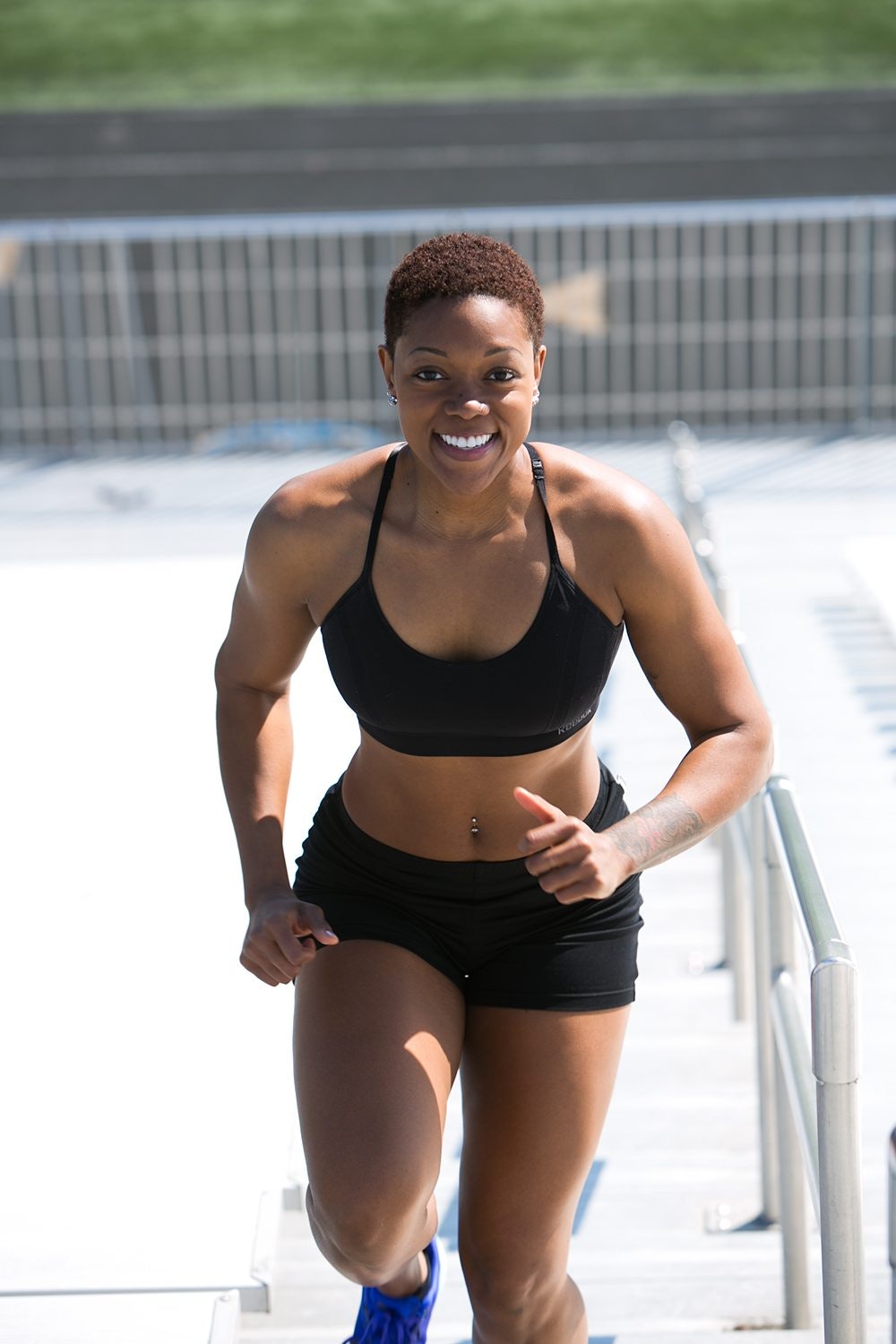
3. When you've increased your training intensity
The intensity of your strength training is expressed as a percentage of your one rep max: the most you can lift for a single rep of any given exercise. If my one rep max deadlift is 100kg, and I deadlift 80kg in a workout, then I've worked at 80% intensity. In workouts that don’t involve strength training, intensity could be increased by moving at higher speeds, more explosively, or with more complexity.
4. When you've changed your training stimulus
A marathon runner might feel sore after doing a workout with sprints, and a sprinter might feel sore after long distance running. You’re more likely to experience DOMS after using your muscles in a new way, even if the movements are similar to what you’ve done before. Beginners who are new to exercise often experience post-workout muscle aches more frequently than seasoned athletes, and regular gym-goers like my clients ache when I apply a change to their workout programme.
5. After eccentric loading
Eccentric loading is typically used to gain strength in bodyweight movements such as push-ups or pull-ups, but it's also widely applied in strength training. Muscle soreness as a result of eccentric loading is often more painful and slower to recover than usual DOMS.
The eccentric phase of a lift is the part where the muscle lengthens, like the "lowering" phase of a bicep curl or squat. The muscle is under tension (it's holding a weight), and lengthens as it controls the weight down. We can control more weight here than in the concentric phase, and so eccentrically loaded exercises enable people to build strength quickly.
Check out the below videos for an explanation on the term "eccentric", and a brief demo on how eccentric loading can be used to achieve pull-ups.
Check out this video demonstration explaining what "concentric" and "eccentric" mean:
Here's an example of eccentric loading. I used this "negative" pull-up to build the strength to do strict pull-ups:
Get Access To Our Free Metrics Smart-Sheet
You can measure your performance on each lift in this spreadsheet by comparing your 1RM data.
Enter your name and email below to gain access to this clever spreadsheet and enter your 1RM data for various lifts to learn about your strength balance and identify areas for improvement.
Enter Your Details To Download The Smart-Sheet
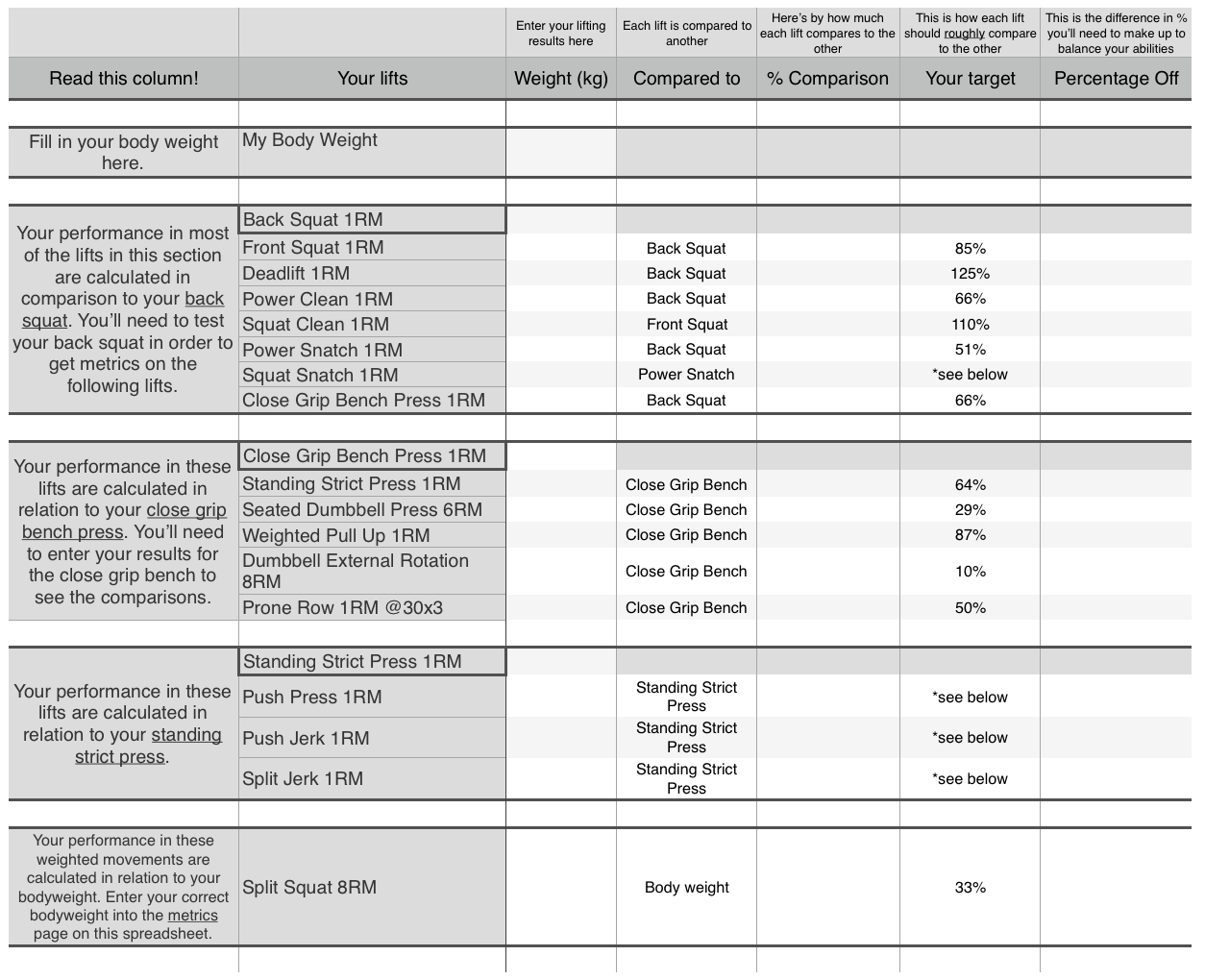
Why Is Muscle Soreness Delayed?
Exercise science doesn't yet fully understand the biological processes behind the onset of muscle soreness. Pain may not be felt in the initial hours following a training session due to increased exercise-induced endorphins, which make people feel good and reduce pain. One factor delaying the onset of muscle soreness is the gradual increase in local inflammation post-exercise. There's some evidence to suggest that this inflammation can cause secondary damage to surrounding cells.
When To Exercise Again After DOMS?
Muscle soreness is only a loose indicator of the recovery process, but we can roughly mark it alongside the overall process of training recovery. This helps us estimate when to exercise again after muscle soreness. Unfortunately in fitness there are so many variables that an educated guess is the best we've got to work with! I'd recommend some gentle trial and error to understand your individual pace of recovery.
You may not have to wait for DOMS to completely subside before training again. As a general rule when exercising with muscle soreness, any pain or stiffness shouldn't negatively interfere with your training session.
Not everyone recovers at the same rate, and very often recovery is related to training experience. When people first take up exercise, they experience disproportionate muscle soreness and recover very quickly from workouts. Once the habit of exercise has been built, muscle soreness generally occurs less frequently with less severity, although it's a normal part of training and growth. Somewhat contradictorily, experienced exercisers are more able to safely push their bodies in training, and so there's the potential for more DOMS, depending on the training plan.
The more training experience a person has, the slower they recover. That's because although recovery ability is a trainable skill which improves with regular exercise, the individual is gradually working at higher intensity, which takes longer to recover from.
The graph below maps athletic performance during the recovery process of athletes at different skill levels. Post-training, performance decreases, roughly aligning with an increase in DOMS. Notice how the performance curve comes back up to a level higher than baseline. It's at this peak you'd want to do that same workout again. You may or may not still be experiencing soreness at this point.
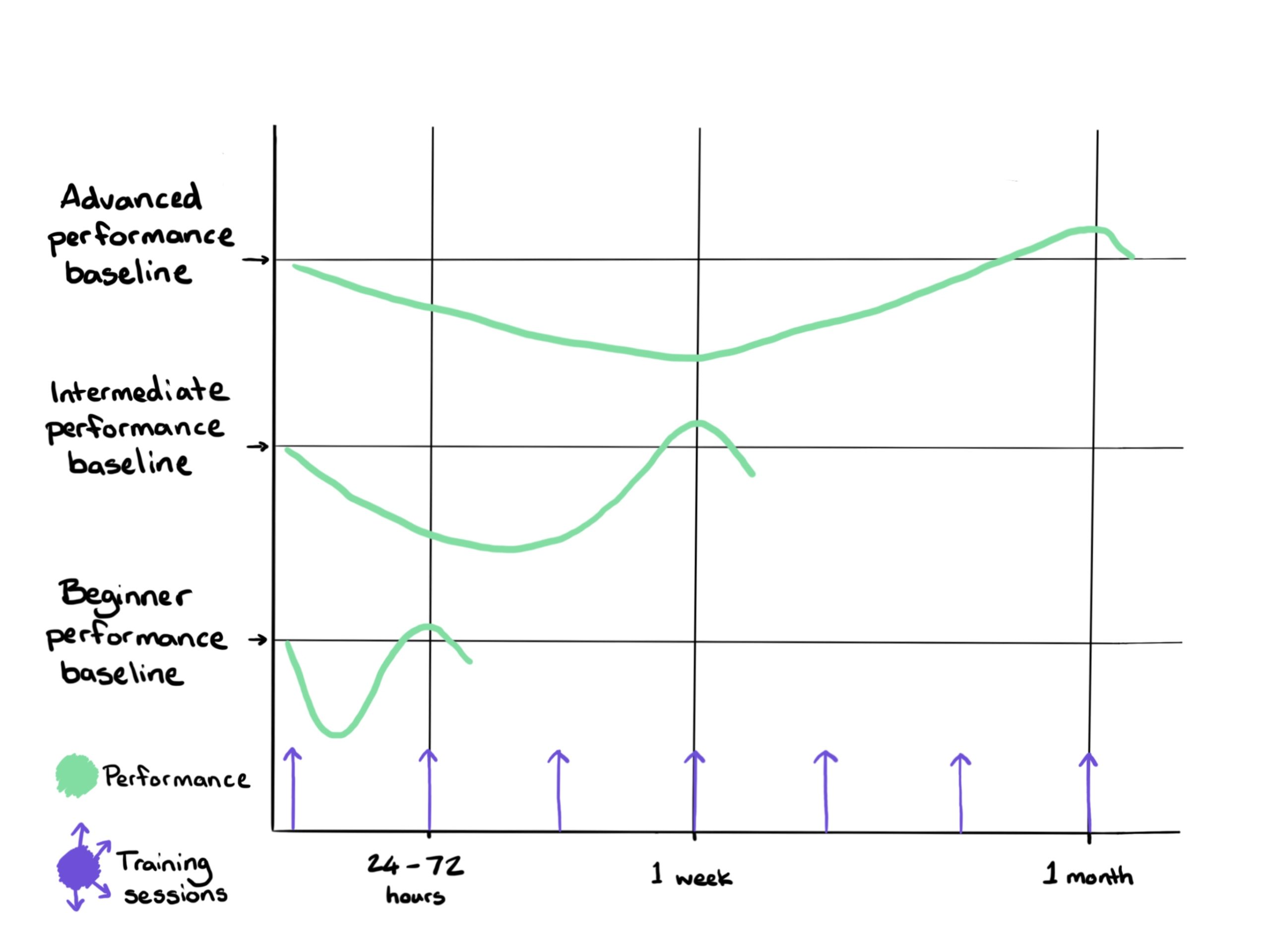
Graph: Athlete Performance Curve During Post-Workout Recovery By Training Experience
How To Train With Muscle Soreness?
Exercise itself is a good strategy for treating muscle soreness, although it's important not to go too hard. In the days following a training session, it's safe and beneficial to move your body. Recommended activities might be walking, swimming, gently stretching, or practising yoga. The goal should be relief of symptoms and a speedier recovery rather than making direct progress towards your training goal.
When training with muscle soreness, it's advisable to do a different workout that trains other movements/skills/body parts whilst you heal from the previous training session. Well-structured training plans take this into account, organising workouts for optimal recovery. It's ideal to leave some time between training sessions to avoid overly stressing your central nervous and immune systems, which would slow overall recovery.
How To Prevent Muscle Soreness
Preventative measures are often best, and it's good practise to ensure you're well-nourished with quality food, plus prioritising mental and physical rest. This gives your body the best chance of dealing with the damage from exercise quickly and easily, with as little soreness as possible.
Engaging in a proper warm-up and taking time to cool down after training will help to prevent unnecessary damage to your muscles and connective tissues. The movements in your warm-up and cool-down must be specific to the workout... a few minutes on the treadmill doesn't cut it!
Quality programming is essential to direct the flow of your energy and keep training sustainable. Better still, hiring a coach will help you improve your eating and recovery habits, and tune up your mindset to help you make better lifestyle choices. That means faster results with less effort. Learn more about Online Coaching.
How To Relieve Muscle Soreness
One of the least effective methods of relieving aching muscles is to sit still! It might seem counterintuitive to move more when you're sore, but movement promotes blood flow to the muscles which provides them with nutrients and carries away unwanted substances.
Here are my recommendations for relieving post-exercise pain:
1. Move your body
Avoid being sedentary for long periods at all costs! Do what you can to move in a variety of ways at a relatively low intensity. Activities such as gentle walking, cycling, swimming, or even dancing will help to keep you feeling mobile and minimise pain.
2. Stretch it off
Keep it relaxed and groovy - you're not looking to drastically increase your flexibility here, just to reaffirm the flexibility you had before. This type of movement also promotes blood flow, and stops you from stiffening up as signals are sent to your brain that remind it how mobile you are.
3. Massage techniques
Your muscles might be sore to touch, but a gentle relaxing massage with a therapist or a brief session with a foam roller will help them to feel worlds better. Foam rolling when sore can be uncomfortable, but there's no need to "chase pain" ... Your aim should be to promote blood flow and relax the muscles.
4. Cold exposure
Exposing your body to unusual low temperatures can have a number of healing effects. It's known to boost metabolism, stimulate the immune and nervous systems for faster recovery, and reduce inflammation in joint and muscle tissues.
Inflammation is a natural part of the healing process, and has many important functions. too much, though, contributes to the pain you experience post-exercise.
The most popular cold exposure techniques are ice baths and cryotherapy. Both are great, but cryotherapy of course will cost you money, whereas you can make an ice bath for free at home! Here's a handy protocol for easing yourself into freezing cold water safely:
Ice bath protocol:
- Fill a bathtub with ice cubes and cold tap water. The colder the better, so keep the ratio of ice to water as high as possible.
- Before diving in, take a moment to breathe deeply and calm your nervous system.
- Acclimate your skin to the water by gently dipping in your feet and hands. Work up to standing in the water, then kneeling, gradually submerging your whole body apart from your face. The first time you do this it might take you a few minutes.
- Try not to jump in too quickly. Sudden exposure to cold water without practise can send the body into shock.
- Maintain control over your breathing - gasping and shuddering will only make the experience painful! Focus on staying calm.
- You'll need to build up a tolerance over time. In your first session you might spend a few seconds to a minute in the water (it may even be worth getting out for a minute and then back in again once or twice), but over time you should be able to work up to around 10 minutes of constant exposure. There's no need to rush this!
5. Nutrition
Your body requires nutrients to repair and replace the muscle tissue that has sustained micro-damage during training. A balanced diet overall is ideal, and particularly around exercise you'll need to ensure you're consuming adequate protein: the building blocks of muscle.
6. Water
Keeping yourself hydrated gives your body the best chance of utilising the nutrients you've eaten and flushing out unwanted chemicals from your sore muscles. Here's the formula I use to calculate my clients' daily water requirements:
Bodyweight (kg) x 0.038 = daily water requirement in litres
For example, if I weighed 60kg, I'd multiply 60 x 0.038 to find that I need 2.28 litres of water per day.
Thanks so much for reading! Don't forget to take action on these points and use your new knowledge to speed recovery and get better results from your workouts.
Search Posts
Free Download
Popular Posts
Discover Online PT
Read More Helpful Articles
Subscribe For New Post Updates
Receive new posts, special offers, discounts, plus exclusive content that we only send out via email.
Don't miss out!

